Note from Admin:
Please note all the notes are archived for future consumption if needed.
The “Fertile Crescent” a term coined by University of Chicago Egyptologist James Henry Breasted, refers to a crescent-shaped region in Western Asia. Formed by the Tigris and Euphrates rivers and the Mediterranean Sea, this region gave rise to some of the world’s earliest civilizations.
According to the Puranas, particularly the Matsya Purana, the first humans were created by Brahma, the creator god, and were named Manu and Shatarupa; essentially, the human race originated from Manu and his wife Shatarupa, making them the progenitors of all mankind.
Key points about this creation story:
- The first man: Manu is considered the first man created by Brahma.
- The first woman: Shatarupa is considered the first woman, often described as being born from Brahma himself.
- Source text: The Matsya Purana is the primary Purana that details this creation story.
According to Puranic sources, the history of humans is divided into four ages, or yugas, that repeat in a cycle:
Satya Yuga
1.728 million years
Treta Yuga
1.296 million years
Dvapara Yuga
0.864 million years
Kali Yuga
0.432 million years
I tend to believe Puran more than a few Egyptologists. Until Darwin’s proof, we didn’t believe the evolution process fully. But if we look more closely Puran describes an era of Asur, demon, bird, monkey, and animals, pointing out how slowly a hybrid of intelligent birds, part demon and part human. All these can’t be lab-tested, but all of you with a high level of intelligence will appreciate it.
END
Now Puja is over so, On October 14, Partha started a discussion on this subject.
The Fertile Crescent – the cradle of civilization :
For the first 190,000 years or so of human existence, we roved about in small hunter-gatherer bands, eking out a subsistence living day to day, constantly in fear of predators and of other humans. But about 10,000 years ago, in the Mesopotamian area between the Tigris and Euphrates Rivers in what is now Iraq, some people decided to stay put. It is impossible to overstate the importance of that decision.
In Fertile Crescent, an agriculturally-based society arose. Rather than wandering around searching for food in a constant state of conflict, humans began to plant seeds and grow their crops. To store it they began building structures. To protect it they banded together in cooperation and mutual defense. Whereas before human societies were typically limited to a few dozen people, now villages arose—then towns, then cities. And humanity flourished.
Here, in these early settlements in the Fertile Crescent, humans first developed written language (probably to keep track of accounts). They domesticated animals. They invented the wheel, the plow, and multi-story architecture. Monotheistic religion arose. By about 2500 B.C. the first libraries were created. The things that we think of as characterizing “civilization” began here.
A few thousand years ago people from the Fertile Crescent fanned out into Europe and Asia, taking with them the knowledge accumulated there. And seeds and farm animals. The rest is history.
Of course, it wasn’t all pretty. We were still humans after all. Although social cooperation emerged on a scale that would have been previously unimaginable, violence and what we would now regard as superstition and injustice remained. But in the Fertile Crescent humans had taken an immensely important first step toward the flowering of the incredible civilization we enjoy today.
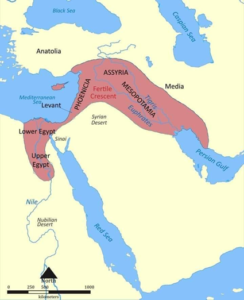
October 15 Dipak Mazumder wrote –
All B.S. Everything originated in India!
Dipak
Sujit Pal wrote:
I was reading Yuval Noah Harari’s Sapiens and in it, he observes that the transition of man from a hunter-gatherer to an agriculturist is a triumph of wheat/grains over humans rather than the other way around, since it allowed what was just a grass variant to establish a strong foothold on earth (compared to its other grass cousins).
Arunabha Saha wrote: I agree with Dipak.
It is all in our Vedas. We know humans were in India in Satya Yuga, which is 4 million years ago. Then Lord Rama’s long journey to Lanka to rescue his wife Sita 2.2 million years ago and finally all the heroics of Lord Krishna 880,000 years ago.
For the Hindus, 10,000 years ago was child’s play. Religious Hindus know our Hindu gods created Hindus 4 million years ago, especially for India. BTW, religious Hindus have the proof.
Chuni Saha wrote:
More B.S. on “The Fertile Crescent” from Western scholars:
“India is the cradle of the human race, the birthplace of human speech, the mother of history, the grandmother of legend, and the great grand mother of tradition. Our most valuable and most constructive materials in the history of man are treasured up in India only”
– Mark Twain
“India was the motherland of our race and Sanskrit the mother of Europe’s languages. India was the mother of our philosophy, of much of our mathematics, of the ideals embodied in Christianity..of self-government and democracy. In many ways, Mother India is the mother of us all.”
– Will Durant
India? In the land of Vedas, the remarkable works contain not only religious ideas for a perfect life but also facts that science has proved true. Electricity, radium, electronics, and airships, all were known to the seers who founded the Vedas.
~~~ Wheeler Wilcox (American poet)
The motion of the stars calculated by the Hindus some 4500 years ago varies not even a single minute from the tables of Cassine and Meyer (used in the 19th century). The Indian tables give the same annual variation of the moon as the one discovered by Tycho Brahe – a variation unknown to the school of Alexandria and also to the Arabs who followed the calculations of the school… “The Hindu systems of astronomy are by far the oldest and that from which the Egyptians, Greeks, Romans and – even the Jews derived from the Hindus their knowledge.
~~~Jean Sylvain Bailly (French astronomer)
American Historian
So far as I can judge, nothing has been left undone, either by man or nature, to make India the most extraordinary country that the sun visits on its rounds. Nothing seems to have been forgotten, nothing overlooked.
~~~ Mark Twain (American writer)
Chuni
More from Arun Saha: No need to quote these no-good, so-called Western scholars.
I have replied previously with proof. Hindus were in Bharat 4 million years ago. Way, way, way before modern humans set foot on this earth. It is all in our Vedas.
But I have to admit, I didn’t know electricity, radium, and electronics are also written in Vedas. Of course, we all know about airships, aka, Pushpak Rath. Without airships or Pushpak Rath, there wouldn’t be any Sitaharan. Here is the proof of Hindus in Bharat 2.2 million years ago. This also is proof of Hanuman jumping high up in the sky and grab the Sun under his armpit. Without Sitaharan there wouldn’t have been any need for Hanuman to jump that high to grab the Sun. All these stories follow each other to show a direct link and hence undisputed proof.
The proof is always in the pudding.
What a nice elaboration from Tarun Basu:
I do not know if civilization in “The Fertile Crescent” is the oldest or not. This is what I found by searching the internet through Google.
Indian archeologists BR Mani and KN Dikshit gave a press conference not that long ago, in which they presented evidence that the Indus Valley Civilization, in Haryana, north India, was as old as 7380 BC. Mesopotamian culture is around 4000 years younger than that. Mar 16, 2023
Please search Wikipedia to find articles that corroborate my statements.
The oldest archeological finds of the Indus Valley Civilization are in Rakhigarhi, Haryana, India. They are dated 10,000 years ago. The earliest Mesopotamian artifacts from the pre-pottery Neolithic era, are about 13,000 years old. However, the finds in India were discovered just 50 years ago. A lot of excavation, classification, and dating work still remains to be done. The Bhimbetka rock shelters with 10,000 to 30,000-year-old art contain one shelter with evidence of human occupation 100,000 years ago. Stay tuned for news that pushes the dates of the Induc Vallye civilization much farther back.
Look up Bhirrana in Wikipedia. It’s a village in the Rakhigarhi complex of Indus Valley sites located in the state of Haryana, northwest of Delhi. The earliest excavations at Bhirrana are C14-dated (based on Carbon 14 isotope decay) to 7500 BCE. That’s almost 10,000 years ago. Then look up Bhimbetka rock shelters in Wikipedia. It refers to cave art that’s dated 10,000 years ago and has evidence of human habitation up to 100,000 years ago. Some cave art is dated 30,000 years ago according to Klaus Klostermaierer in his book “A Survey of Hinduism”, SUNY Press.
The Indus Valley seems to be the oldest, now that Mani and Dikshit’s research has been published in the Nature Journal, which is a world-recognized journal. Only 10-20% of the Indus Valley sites have been excavated, and the oldest sites seem very far apart. Bhirrana (7570 BC) is in Haryana in India, while Merhgarh is in Pakistan (7000 BC) There is also a city underwater off the coast of Gujerat that is said to date back to 7500 BC as well, although this has not been substantiated yet. Given all this info, we can postulate that there might have been an older core to this civilization somewhere in the triangle between these cities. There is just so little that archaeologists know about the Indus Valley Civilization and so much to discover as the Indus Valley has more than 1000 settlements.
On the other hand, the civilizations of Mesopotamia and Egypt have almost run out of sites, since most have been excavated. The oldest site of Mesopotamia is Jaimo (7090 BC) and that of Egypt is a comparatively young Naqada (4400 BC).
Although there are older farming settlements in the Lebanon, Syria, and Turkey areas such as Gobekli Tepe (9000 BC), Jericho (9000 BC), and Tell-es Sultan (8500 BC), there is no evidence that these were sophisticated enough or interrelated enough to constitute a civilization. Therefore the oldest is the Indus Valley Civilization, followed by Mesopotamia, and then Egypt.
Thanks.




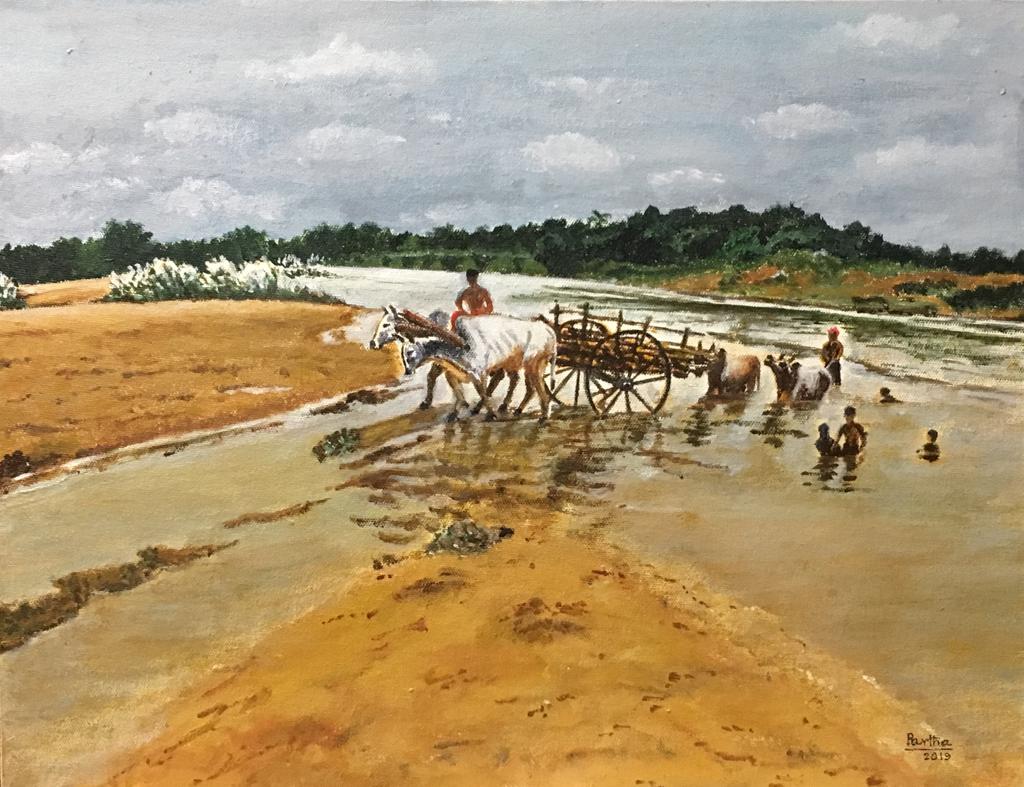

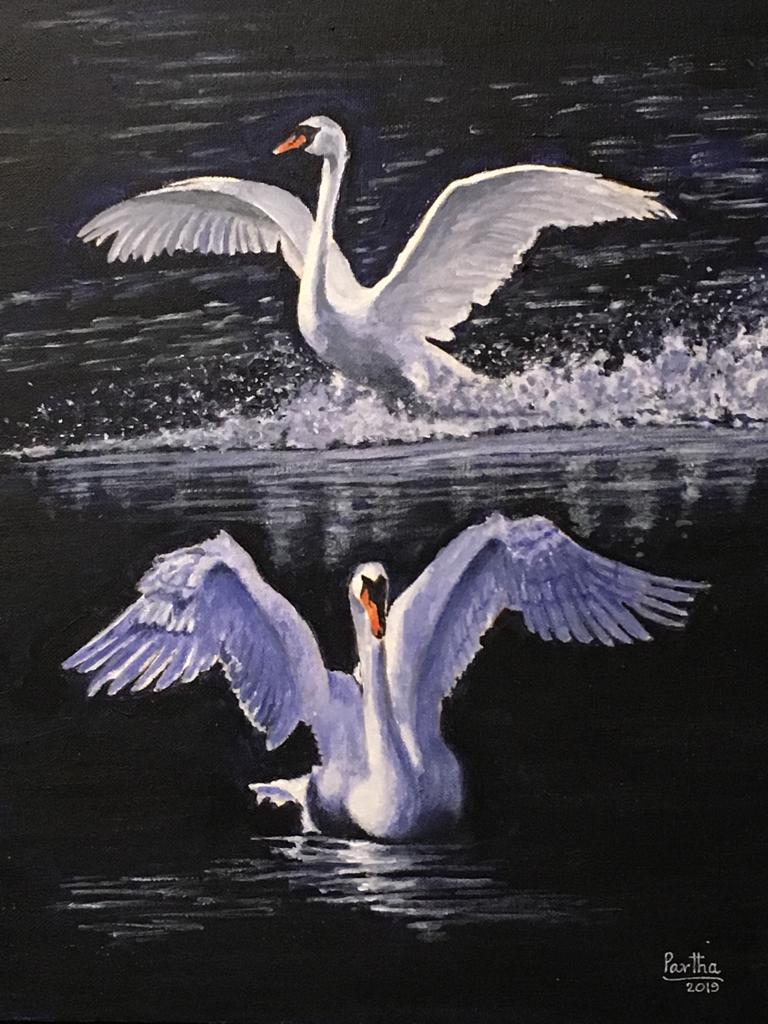
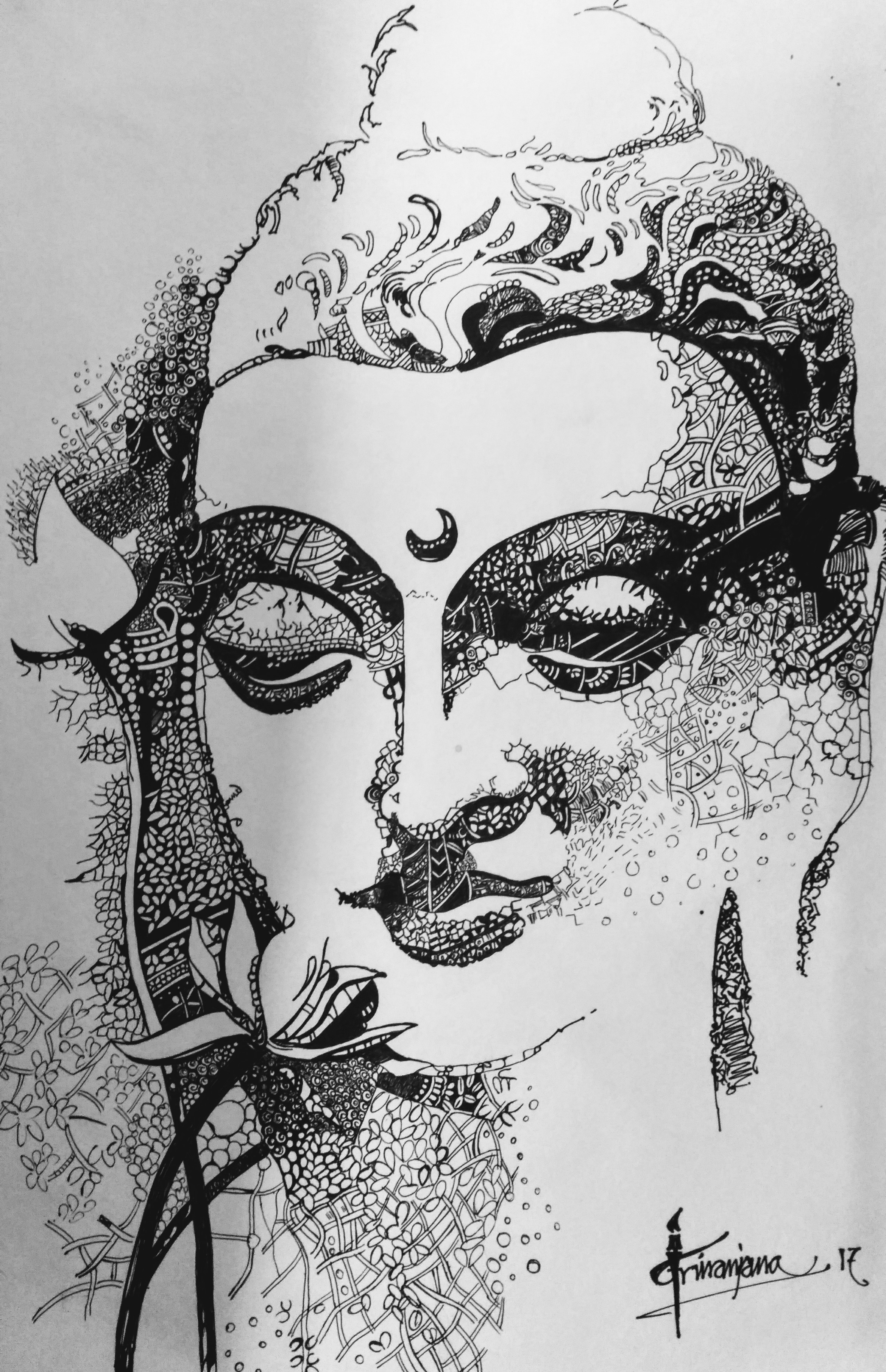








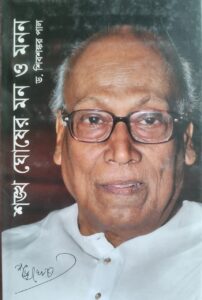

It is a strange coincidence that the order ofAvataras o Vishnu: Matsya (fish), Kurma (tortoise), Varaha (pig), Narasimhha (lion-man), Bamana (dwarf) have a fair resemblence to the order in Darwin’s evolution chain.
Comment by Partha Sircar — October 16, 2024 @ 12:56 pm